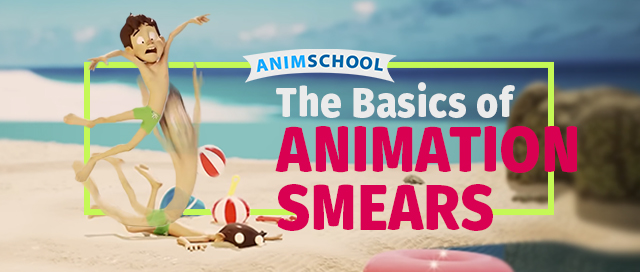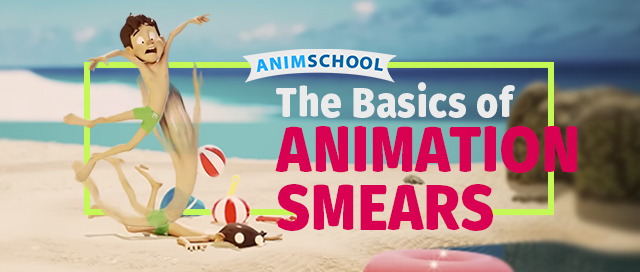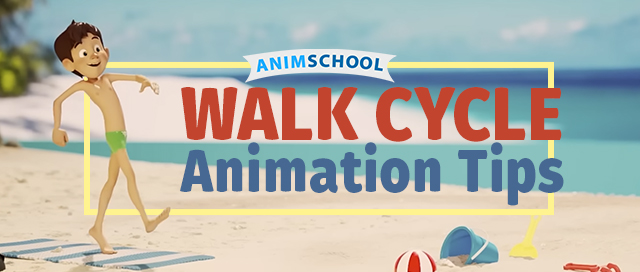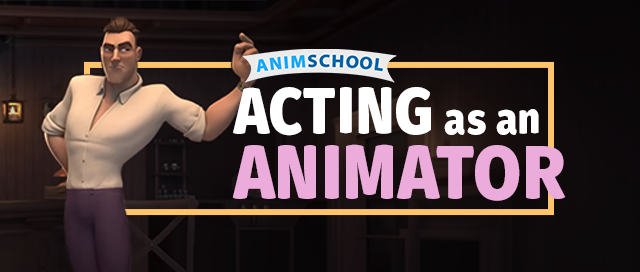
Smear frames bridge the gap between individual frames, contributing significantly to the illusion of smooth, lifelike movement. These subtle, elongated, or stretched frames create a sense of speed, impact, and energy, enhancing the overall visual experience. By strategically distorting shapes and lines, smear frames add finesse and character to the motion.
AnimSchool instructor Mitchell Jao explains why smear frames are necessary in standard 24fps film animation. Oftentimes, 24 frames per second simply isn’t enough to capture quick motion, and can result in a choppy-looking animation. However, animators can find ways to use this to their advantage and exploit the frames by adding smears and multiples.
Smear Basics
Smears are used to connect shapes that are spaced far apart, mimicking the idea of a motion blur between them. The degree of motion blur occurs as a result of the shutter speed of cameras; at 24fps, the shutter speed is roughly 1/48th of a second. For something like sports photography, the shutter speed would be much faster to capture the shot clearly and with little to no blur for a “freeze frame” type of shot.
The quick action of smears can also be used to hide mechanics that don’t always logically make sense – Mitchell points out a scene from Ice Age: Collision Course, where a Dino Bird quickly shifts his arm behind his back in a seemingly impossible movement, hidden by the smearing circular movement of swinging another character around.

Multiples and Ghosts
Ghosting can be used like smears, but, when used improperly, can feel like a stuck frame. Ghosts are best used when the movement is so quick that the motion is illegible without them, such as a limb scramble.

Mitchell explains that he prefers to use multiples in a rapid repetitive movement, rather than a singular wipe.

Be careful!
While it is important to utilize squash and stretch, using too much can result in the loss of form, especially if the character or object is meant to be more solid.
Watch the full excerpt from a live AnimSchool lecture below:
At AnimSchool, we teach students who want to make 3D characters move and act. Our instructors are professionals at film and game animation studios like Dreamworks, Pixar, Sony Pictures, Blizzard & Disney. Get LIVE feedback on your Animation from the pros.
Learn more at https://animschool.edu/












